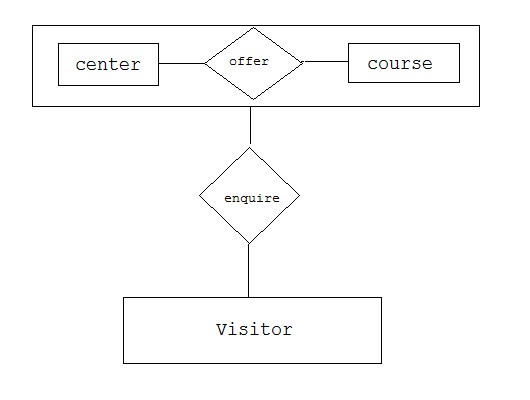Theoretical Paper
- Computer Organization
- Data Structure
- Digital Electronics
- Object Oriented Programming
- Discrete Mathematics
- Graph Theory
- Operating Systems
- Software Engineering
- Computer Graphics
- Database Management System
- Operation Research
- Computer Networking
- Image Processing
- Internet Technologies
- Micro Processor
- E-Commerce & ERP
Practical Paper
Industrial Training
E-R Diagram
ER-Diagram is a visual representation of data that describes how data is related to each other.
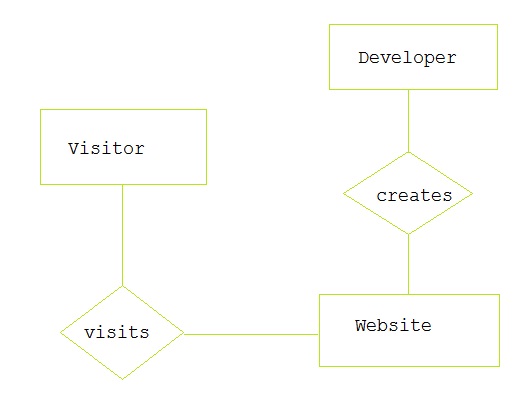
Symbols and Notations
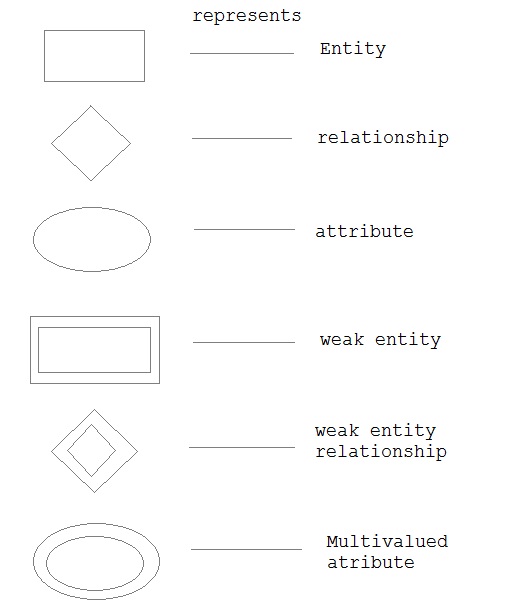

Components of E-R Diagram
The E-R diagram has three main components.
1) Entity
An Entity can be any object, place, person or class. In E-R Diagram, an entity is represented using rectangles. Consider an example of an Organisation. Employee, Manager, Department, Product and many more can be taken as entities from an Organisation.

Weak Entity
Weak entity is an entity that depends on another entity. Weak entity doen't have key attribute of their own. Double rectangle represents weak entity.

2) Attribute
An Attribute describes a property or characterstic of an entity. For example, Name, Age, Address etc can be attributes of a Student. An attribute is represented using eclipse.
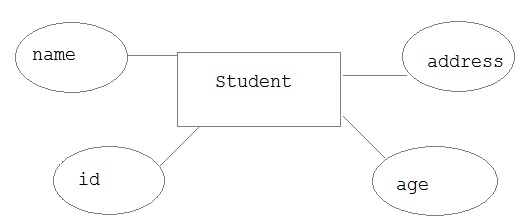
Key Attribute
Key attribute represents the main characterstic of an Entity. It is used to represent Primary key. Ellipse with underlying lines represent Key Attribute.
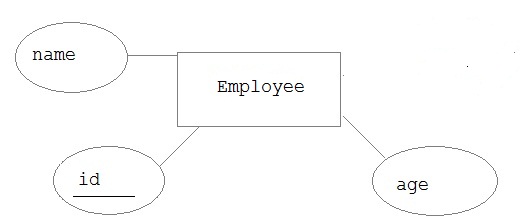
Composite Attribute
An attribute can also have their own attributes. These attributes are known as Composite attribute.
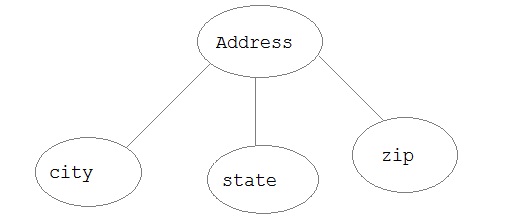
3) Relationship
A Relationship describes relations between entities. Relationship is represented using diamonds.

There are three types of relationship that exist between Entities.
- Binary Relationship
- Recursive Relationship
- Ternary Relationship
Binary Relationship
Binary Relationship means relation between two Entities. This is further divided into three types.
- One to One : This type of relationship is rarely seen in real world.
- One to Many : It reflects business rule that one entity is associated with many number of same entity. For example, Student enrolls for only one Course but a Course can have many Students.
- Many to Many :

The above example describes that one student can enroll only for one course and a course will also have only one Student. This is not what you will usually see in relationship.

The arrows in the diagram describes that one student can enroll for only one course.

The above diagram represents that many students can enroll for more than one courses.
Recursive Relationship
When an Entity is related with itself it is known as Recursive Relationship.
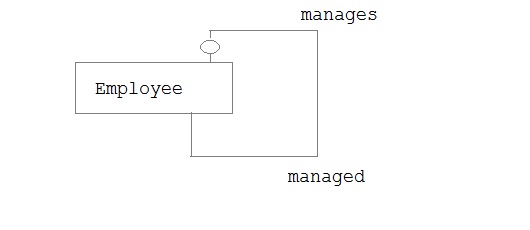
Ternary Relationship
Relationship of degree three is called Ternary relationship.
Generalization
Generalization is a bottom-up approach in which two lower level entities combine to form a higher level entity. In generalization, the higher level entity can also combine with other lower level entity to make further higher level entity.
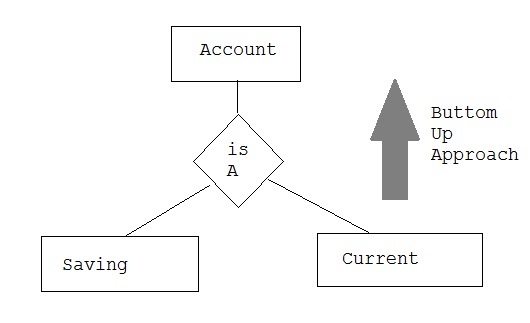
Specialization
Specialization is opposite to Generalization. It is a top-down approach in which one higher level entity can be broken down into two lower level entity. In specialization, some higher level entities may not have lower-level entity sets at all.

Aggregration
Aggregration is a process when relation between two entity is treated as a single entity. Here the relation between Center and Course, is acting as an Entity in relation with Visitor.
